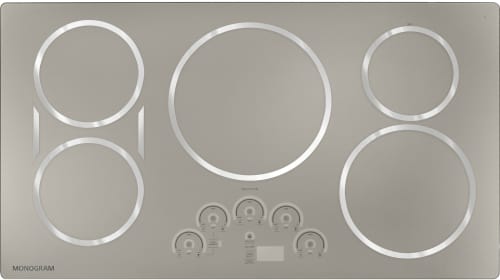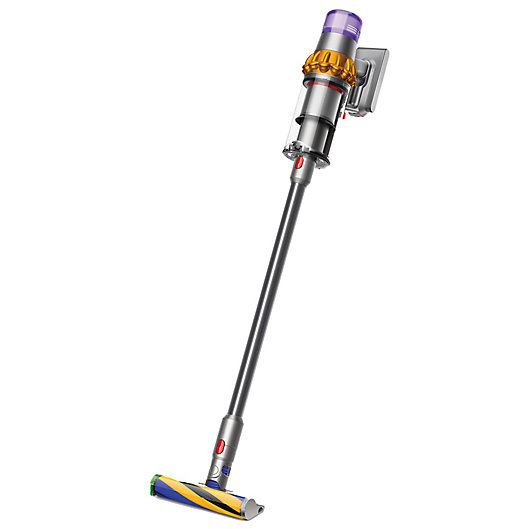Oster – Baldwyn 14-Piece Knife Set – Stainless-Steel
This Oster Baldwyn 91581985M set includes stainless-steel santoku, carving, utility, paring, steak and bread knives as well as scissors to help you accomplish a variety of food preparation tasks. The hardwood block offers neat storage for your knives.
Additional information
| Model Number | 91581985M |
|---|---|
| Color | Stainless-Steel, Silver |











by Karen
I purchased this knife set for new home. Knives are sharp and work great. I love the sleek style and the different sizes of knives and other items included in the set.
by Lindsey
These are decent knives but they store water in the handle. So make sure you dry them really well before putting them up or they rust.
by Andrew
Cuts right to the product and very well made. Only issue having is water going through handles and draining off. Nice quality otherwise.
by Nelson
Overall I love the set. No real complaints – I try to sharpen after every use or two. Looks nice, display block is nice.